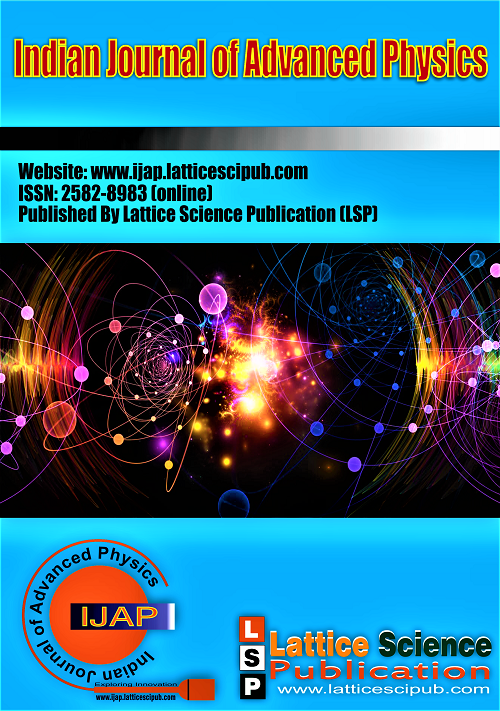Calculation of the Radius of a Black Hole Just Before Its Supernova Explosion
Main Article Content
Abstract
When a stellar-mass black hole, while collapsing due to its own gravity, reaches a particular radius at which both its gravitational binding energy and quantum chromodynamic binding energy become equal, it explodes as a core-collapse supernova. Its outer shell, which is comparatively less dense than the compact core disintegrates in the explosion releasing gas and stellar dusts (and huge amounts of energy) in the galactic space that forms a nebula. The explosion leaves behind a dense core, a supernova remnant, either in the form of a neutron star or a (smaller) black hole. Since a black hole does not emit light or any electromagnetic radiation, it is impossible to directly measure the size of the black hole before exploding. A mathematical model has been developed for calculating the radius of the black hole just before and presented in this article. It has been mathematically proved that black holes explode when they reach a specific escape velocity (much higher than the velocity of light); and that the value is constant for all the black holes. Also, when a black hole explodes, the value of its mass multiplied by its ‘acceleration due to gravity’ attains a particular value which is also a constant. This constant value is the same for the intermediate-mass and supermassive black holes also. Further, the ratio of the Schwarzschild radius of a black hole and the radius just before its explosion as a supernova is also a constant which is the same for all types of black holes irrespective of their mass.
Downloads
Article Details

This work is licensed under a Creative Commons Attribution-NonCommercial-NoDerivatives 4.0 International License.
How to Cite
References
Drexel, https://www.physics.drexel.edu > John-Timlin
Wikipedia, https://en.wikipedia.org/wiki/Quantum_chromodynamics-binding_energy





